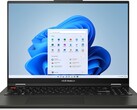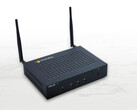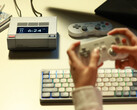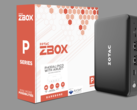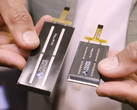Frore Systems continues to make progress with its Airjet Mini membrane cooling system. At CES, the company showed a whole series of conversions it has carried out itself in operation, once again demonstrating the potential of this unusual cooling method.
Among other things, Frore showcased a new Macbook Air 15, a Galaxy Book 2 13", a smartphone, and two SSDs. In all cases, the continuous performance was increased - in some cases significantly. However, Frore Systems was also open about the disadvantages of the modifications, as the demos are not always intended for productive use but should only demonstrate the possibilities.
In the Macbook Air, for example, Frore Systems had to carry out quite large modifications and remove some components. Otherwise, there would be no room for the Airjets in the cramped design. By installing three Airjet Mini, however, the CPU power in continuous operation can be increased from 14 to 20 watts, which translates into around 13 percent more performance in Cinebench.
In the Galaxy Book 2, on the other hand, Frore Systems was able to replace the existing fan with three Airjets. The CPU power increases from 14 to 16 watts, and at the same time, the noise development could be reduced from 32 dBA to 25 dBA.
Battery runtimes are reduced due to improved performance
However, it should be noted in all these demos that a single cooling unit in the form of an Airjet Mini requires around one watt of power consumption. The promised gain in hardware efficiency therefore comes at a high price. In the case of the Macbook and Galaxy Book, cooling costs an extra three watts in the worst case when the system is under load.
Frore Systems also pointed out that the hardware demonstrated has become more powerful with the Airjet Mini. Of course, this also reduces the battery life under high load. So there are currently also solid reasons against using the Airjet Mini. The current implementation of the technology is only suitable to a limited extent, especially for mobile devices that should not call on maximum performance for battery life.
The situation may be different for a gaming smartphone, which Frore Systems also demonstrated. After all, the aim here is to increase performance for gaming. In the age of power banks, battery life is more of a secondary consideration.
SSDs with significantly increased continuous performance.
According to Frore, it was able to increase the continuous performance of an external Sabrent SSD from around one GByte/s when reading to 3 GByte/s. An additional energy requirement of 2 watts for the two Airjet Mini was sufficient for this. The temperature has also been reduced.
According to Frore, the system is therefore well suited for stationary devices, including external SSDs. The slightly higher power consumption is not a major disadvantage in the context of a wired system. Especially when an SSD can work much faster, for example.
This is where the "race to idle" effect comes into play. The SSD transfers data particularly quickly and can then switch to sleep mode. Thinner graphics cards are also an interesting area of application, even if powerful graphics accelerators nowadays operate in a watt range that makes it difficult for the approximately 5 watts per Airjet mini. Airjets can be scaled via mass, but the design is complex.
Incidentally, there are no plans for larger Airjets that could be installed on graphics cards, for example. The company is concentrating on its 5-watt coolers.
"Snow Goose" developer kit for a five-figure sum
To make development easier, Frore Systems will also provide a developer kit. However, this will be expensive. Frore Systems spoke of a low five-figure sum that the company will charge. It is therefore easier to buy Zotac's mini PC and take it apart.
The kit itself consists of 20 Airjet Minis and several tools. This includes a "Thermal Test Bed" to test the performance of a design and five hours of support from Frore Systems.
This also shows that the company is focusing more on large customers. Retrofit kits for advanced tinkering are not in sight.
Airjet Mini Slim gets thinner
Frore Systems is also currently preparing the next step. The next generation Airjet Mini Slim is to be launched soon. The performance data is identical to its predecessor, but the space requirement has been reduced slightly. The installation height has been reduced from 2.8 mm to just 2.5 mm. For both generations, however, a 0.4 mm buffer must be included for the air movement.
An Airjet solution, therefore, now fits into a space budget of 2.9 mm. That is slightly less than four credit cards stacked on top of each other (without embossing). It would, therefore, be more likely to be used in a smartphone, even if it would still take up a lot of space.
The progress and examples that Frore Systems can now show are certainly promising. However, it is not yet known if and when other products will appear alongside Zotac's mini computer. Frore Systems used the CES 2024 - like Computex last year - to convince potential hardware manufacturers of the concept.
Source(s)
Frore Systems / CES


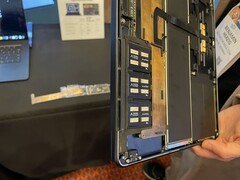
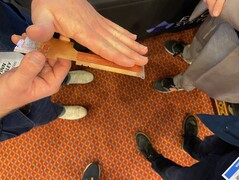
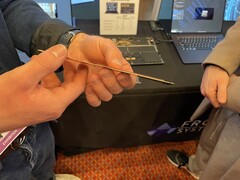
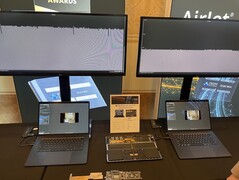
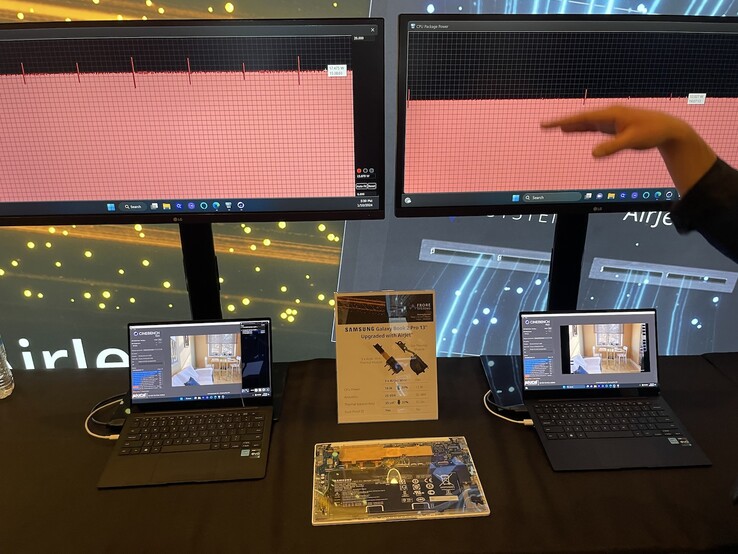
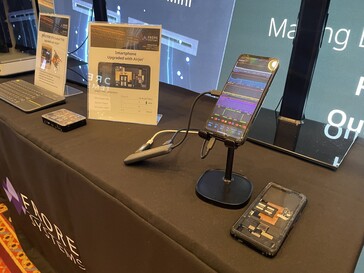
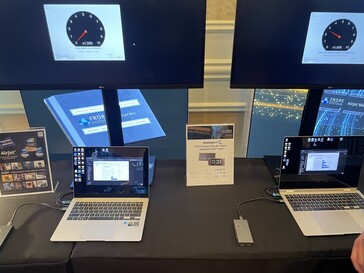
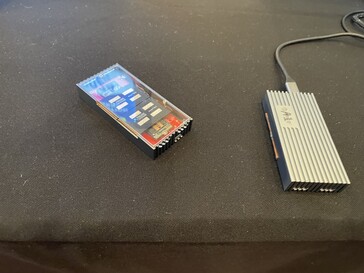
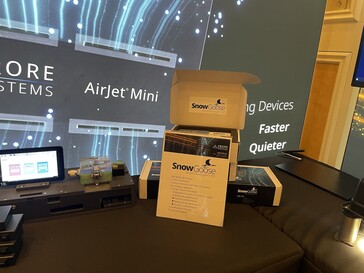
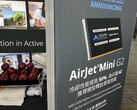
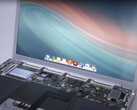
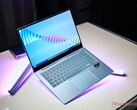
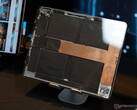
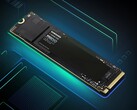
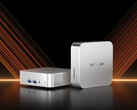
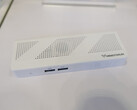
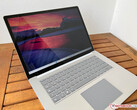
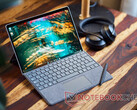
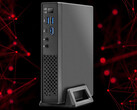
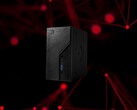
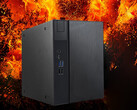
![Lenovo debuts the ThinkBook 14+ 2024 SE in China (Image source: JD.com [edited])](fileadmin/_processed_/2/c/csm_Lenovo-ThinkBook-14-2024-SE_790967ee5d.jpg)
